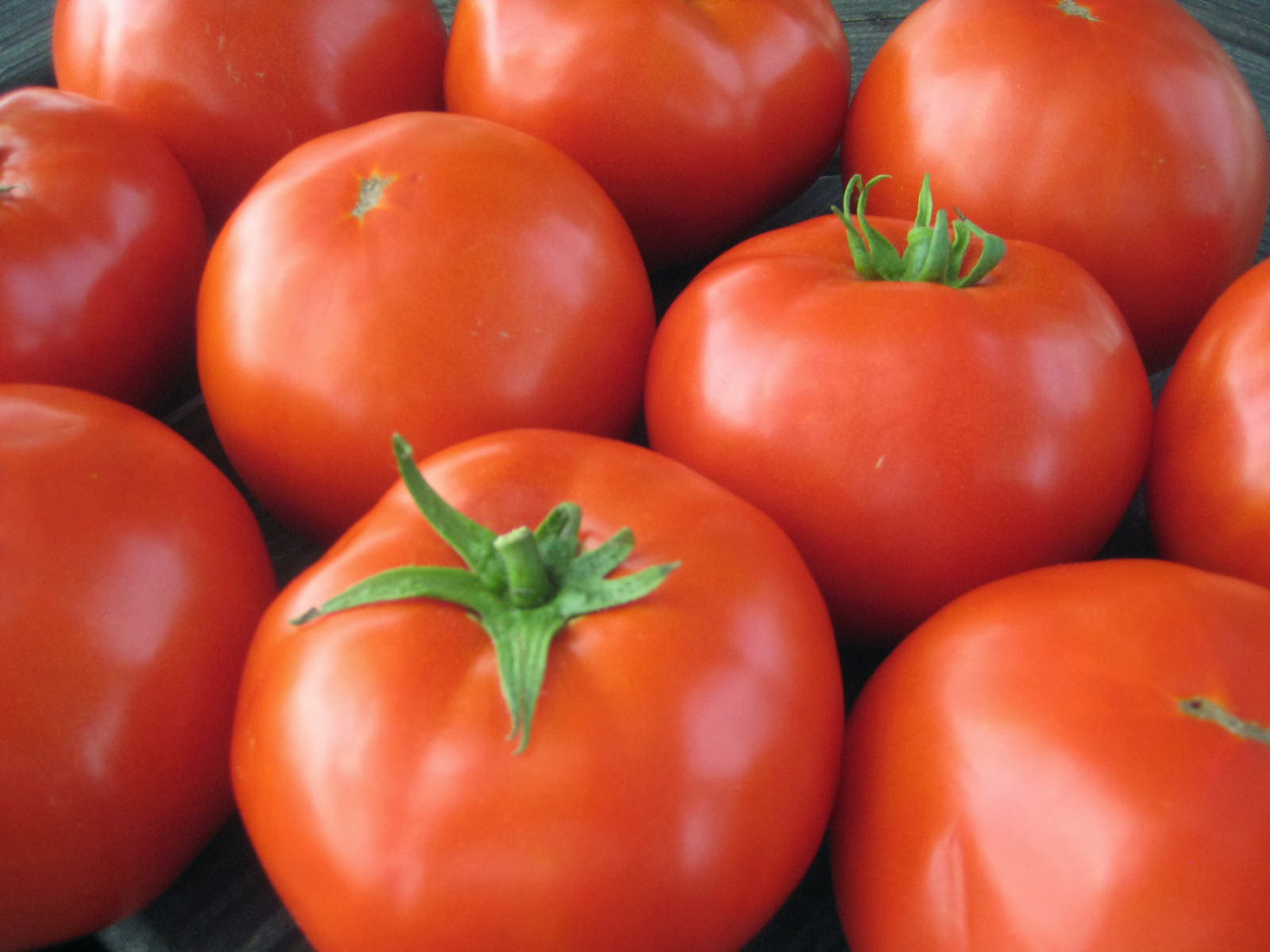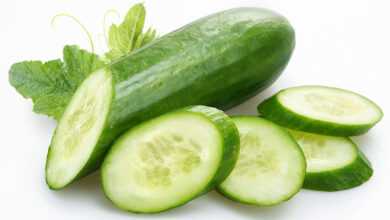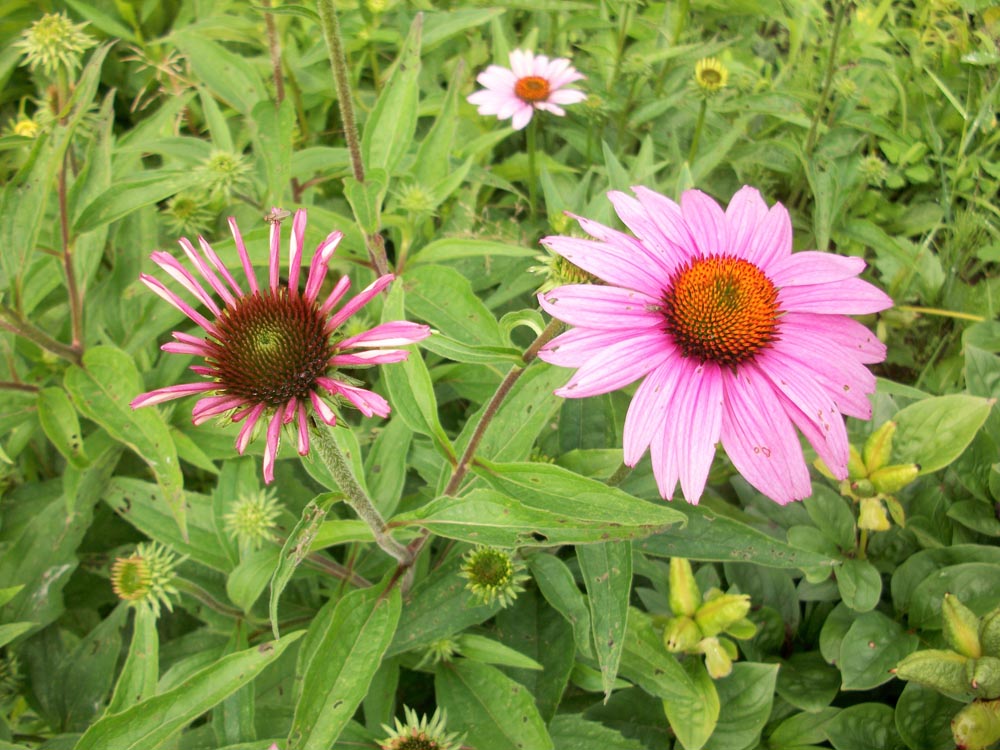Getting ready to grow tomatoes

Tomatoes are the most popular garden vegetable, but they can be notoriously challenging to grow. In fact, Cornell University ranks tomatoes as “moderately difficult” on the ease-of-care scale.
If you are like most gardeners, you are probably planning to grow at least one variety of tomato this year and perhaps you have seedlings already started inside. Whether you are growing from seed or plan to purchase transplants, now is a good time to make decisions about how and where you will grow this year’s crop.
The most common advice regarding growing tomatoes is not to set them out in the garden too early.
We have been experiencing some mild temperatures this spring, but chilly temperatures, especially at night, are still common for us right through May.
Sally Jean Cunningham, a Master Gardener and garden author who lives in nearby Erie County, says nighttime air temperatures should be above 55 degrees for planting tomato transplants – that can mean into June in western New York. She recommends holding off until that time to transplant and doing it on an overcast day or in the evening. Cover plants with baskets if winds or hot temperatures are expected during their first days in the garden.
Tomatoes like to be planted deeper than they were in their containers and planting the stems horizontally encourages good root systems, sturdier plants and an earlier harvest.
Strip all the leaves off the plants except for the top cluster and plant in a long, narrow hole. New roots will grow at each juncture where the leaves were removed.
Cunningham, who wrote a book on companion gardening, Great Garden Companions, says she plants tomatoes with basil, dill, cosmos, daisies or sunflowers. Borage (which I’ve always felt has a blossom similar to tomatoes) is another good companion.
Barbara Damrosch, another garden author and resident of Maine, says tomatoes need lots of sun (eight hours each day) and warmth to ripen, but they are very sensitive to temperature.
If temperatures are too cold, they don’t do anything, but if temperatures remain in the 90’s for many days, tomato plants can become severely stressed.
Sunscald – which produces whitish patches on the fruits and invites disease, can be an issue during hot spells. Pollen in the tomato flowers can also be ruined and the blooms fall to the ground, affecting yield.
It may help to plant tomatoes where they will receive some dappled afternoon shade, Damrosch explains, and also recommends a row of tall sunflowers nearby or draping shade cloth over stakes or tomato cages on hot, sunny afternoons. Do not prune leaves that shade developing fruit.
Additionally, excessive heat can prevent the fruits from ripening fully. The tomatoes can be harvested when not quite fully ripened and brought inside to finish the process.
Consistent water is important, especially to reduce heat stress. Watering regularly at the roots (morning is best) will also help prevent cracking of the fruit and blossom end rot. Mulch will help keep moisture in the soil and prevent pathogens in the soil from getting onto leaves and spreading disease.
Several kinds of mulch are recommended, including both black and red plastic mulch. A thick layer of straw also works.
Lastly, tomatoes are heavy feeders. You can side dress with one-half cup of 5-10-5 per plant and work into the top inch of the soil when fruits are about one inch in diameter and again when harvest begins. For organic production, tomatoes can be foliar fed with fish emulsion at blossom time and every two weeks thereafter. Tomatoes like fertile, well-drained soil with a pH of 6.0 to 7.0.
There are many decisions you can make this spring before planting which will help you to produce a healthy crop of tomatoes this summer.




